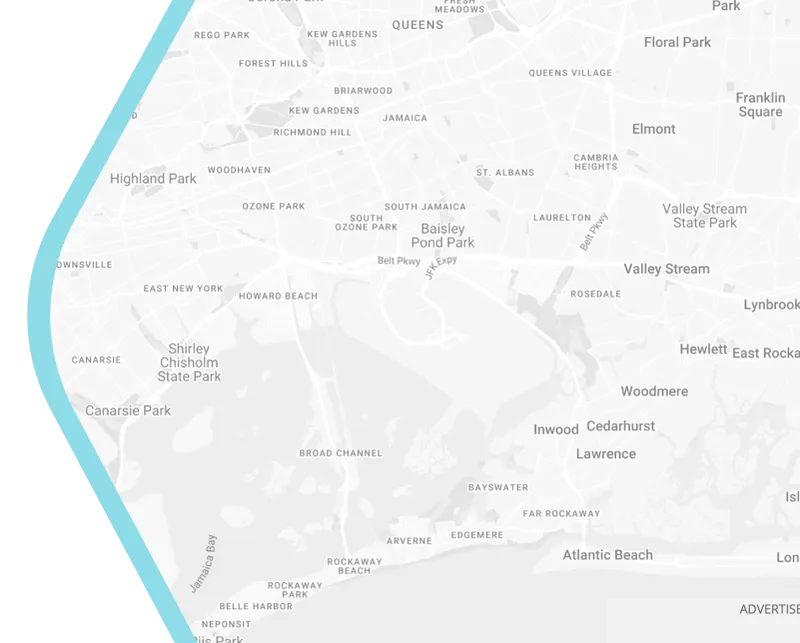
Smart City Strategies for Australia: How to Modernize Cities Without Erasing History
Introduction: Australia’s Urban Crossroads
Standing at the intersection of Sydney’s 19th-century Queen Victoria Building and the futuristic Barangaroo Smart District, one thing becomes clear: Australia’s cities are at a crossroads. How do we embrace smart city strategies that drive progress without bulldozing the stories etched into our heritage lanes and sandstone facades? For planners and urban developers, the answer lies in balancing innovation with reverence for the past.
This blog explores actionable smart city solutions tailored for Australia’s unique challenges, proving that modernization and heritage preservation aren’t mutually exclusive—they’re the blueprint for sustainable urban evolution.
Why Australia’s Heritage Demands Smart Solutions
Cultural Identity in the Age of Smart City Ecosystems
Australia’s heritage isn’t just about aesthetics; it’s a $11.3 billion economic engine, with heritage tourism drawing millions to sites like Melbourne’s Royal Exhibition Building and Fremantle’s convict-era prisons (National Trust, 2023). Yet, as the Australian Heritage Council warns, unchecked urban digitization risks creating “faceless sprawl.”
The key? Building smart city ecosystems that reflect local identity. As Brisbane’s Lord Mayor put it: “Smart cities aren’t just sensors and data—they’re custodians of culture.”
3 Unique Challenges for Australian Smart City Strategies
1. Navigating Heritage Regulations Like the Burra Charter
Australia’s strict heritage guidelines, such as the Burra Charter, often clash with tech upgrades. Retrofitting IoT sensors into Melbourne’s bluestone laneways, for instance, requires delicate approvals to avoid damaging historic fabric.
2. Climate Threats to Heritage Sites
From flooding in Brisbane’s timber Queenslanders to heat stress on Adelaide’s brick terraces, climate change demands smart city infrastructure management that fortifies heritage sites.
3. Community Skepticism
When Adelaide proposed replacing heritage trams with autonomous shuttles, locals protested: “Don’t trade charm for chatbots.” Planners must address fears of “over-digitization” head-on.
4 Proven Smart City Solutions for Australian Planners
1. Digital Twins: Preserving the Past, Planning the Future
Hobart’s planners used 3D laser scanning to create digital twins of colonial-era warehouses, allowing them to simulate underground IoT networks without disturbing structures. This smart city ecosystem of data-driven preservation is now a model for cities like Geelong.
2. Low-Impact IoT Retrofitting
Sydney embedded wireless vibration sensors in heritage-listed terraces to monitor structural health. These discreet devices—powered by solar micro-panels—prevent decay without altering façades.
3. Community-Driven Tech Platforms
Melbourne’s “Heritage Hero” app crowdsources preservation ideas from residents. Over 5,000 locals voted to restore the Art Deco Mitchell House while integrating smart lighting—a win for smart city strategies and civic pride.
4. Green Smart Infrastructure
Fremantle’s historic West End now uses solar-powered smart streetlights, reducing energy costs by 40% while illuminating 19th-century architecture. As one councilor noted: “Sustainability honors history.”
Australian Case Studies: Where Heritage Meets Innovation
Sydney’s Green Square: Facades of the Future
Once a gritty industrial zone, Green Square now blends restored 1880s factory facades with subterranean smart water grids. The result? A UNESCO-listed site that recycles 90% of stormwater, proving smart city Australia projects can be both iconic and eco-conscious.
Fremantle’s Smart Heritage Port
This 1850s port turned carbon-neutral hub uses AI to balance renewable energy across its heritage warehouses. Sensors adjust airflow to protect antique timber, showing how smart city infrastructure management can safeguard history.
The Road Ahead: Building Australia’s Smart City Ecosystem
AI, Blockchain, and First Nations Collaboration
- AI for Predictive Preservation: Melbourne University’s AI model predicts erosion in heritage sandstone, enabling pre-emptive repairs.
- Blockchain for Cultural Provenance: Piloted in Kakadu, blockchain tracks Indigenous artifact origins, ensuring tech upgrades respect ancestral lands.
Call to Action for Planners
“Smart city solutions must be bridges—not bulldozers—to the future.” Partner with First Nations communities, pilot low-impact tech, and champion policies that value heritage as highly as innovation.
